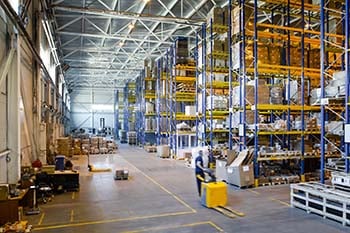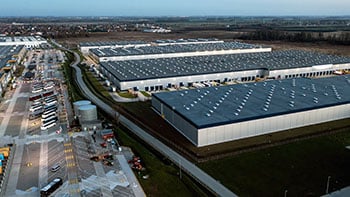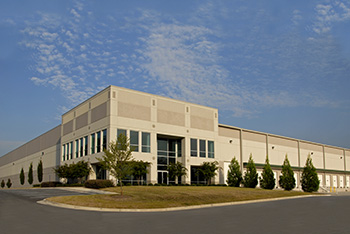Recently we have been involved in a series of warehouse consulting assignments that all have a common theme. That theme is the investigation of the potential application of a Warehouse Management System package to their warehouse operations. This is not unusual in and of itself, but the wide range of the clients struck me in that the issues addressed by a Warehouse Management System crosses over many business types.

The businesses include:
- A Third Party fulfillment company with multiple warehouses and several different clients
- A hospital chain looking to replace an existing Warehouse Management System package
- An apparel direct to customer business
- An equipment manufacturer seeking to gain better control over their parts inventory
All of these businesses have expressed concerns about the receiving function and have a desire to get the warehousing operation off to a good start with a solid receiving process. By utilizing basic concepts such as a Vendor Compliance scorecard, Advance Shipping Notices, and bar code scanning, the first step in any warehouse operation can get off to a good start. Productivity can be increased and the control of inventory begins on the dock.
Another common desire of these warehouses is to gain control of the entire inventory within the four walls. A Warehouse Management System provides the tracking of all warehouse inventory moves and records the location and quantity of each item stored in the facility. Knowing where all of the inventory is located and tracking various inventory attributes provides another fundamental function in a well run warehouse.
Since probably the single most important asset in the warehouse is the employees, it is no surprise that all warehouses want to better control that asset. One underlying premise that forms the basis of the benefit of the Warehouse Management System in tracking employee activity is the belief that most employees want to know what is expected of them and how well they are performing.
The basis of any Warehouse Management System is the tracking of warehouse activities. This ability permits the identification of what each employee has done and how long those tasks took to complete. Knowing what was done and the time required allows the tracking and reporting of employee performance to be completed.
The last function in most warehouses is the packing and shipping area. With a Warehouse Management System, the ability to accurately pack and ship orders increases. Scanning functions permit pack verification while in-line scales and scales improve the efficiency of the shipping activities. Closing the complete warehouse loop with control and efficiency completes the typical warehouse cycle.
The application of a Warehouse Management System in the warehouse seems obvious in many situations. We have found that even in those environments that do not immediately scream out for a Warehouse Management System, there is enough commonality of functions and requirements that a Warehouse Management System often fits the need. Its application meets the desired goals of control and efficiency in almost every warehouse application. With the proper degree of study and detailed requirements development, your warehouse may also be a candidate for a Warehouse Management System.
The application of a Warehouse Management System in the warehouse seems obvious in many situations. We have found that even in those environments that do not immediately scream out for a Warehouse Management System, there is enough commonality of functions and requirements that a Warehouse Management System often fits the need. Its application meets the desired goals of control and efficiency in almost every warehouse application. With the proper degree of study and detailed requirements development, your warehouse may also be a candidate for a Warehouse Management System.




SHARE